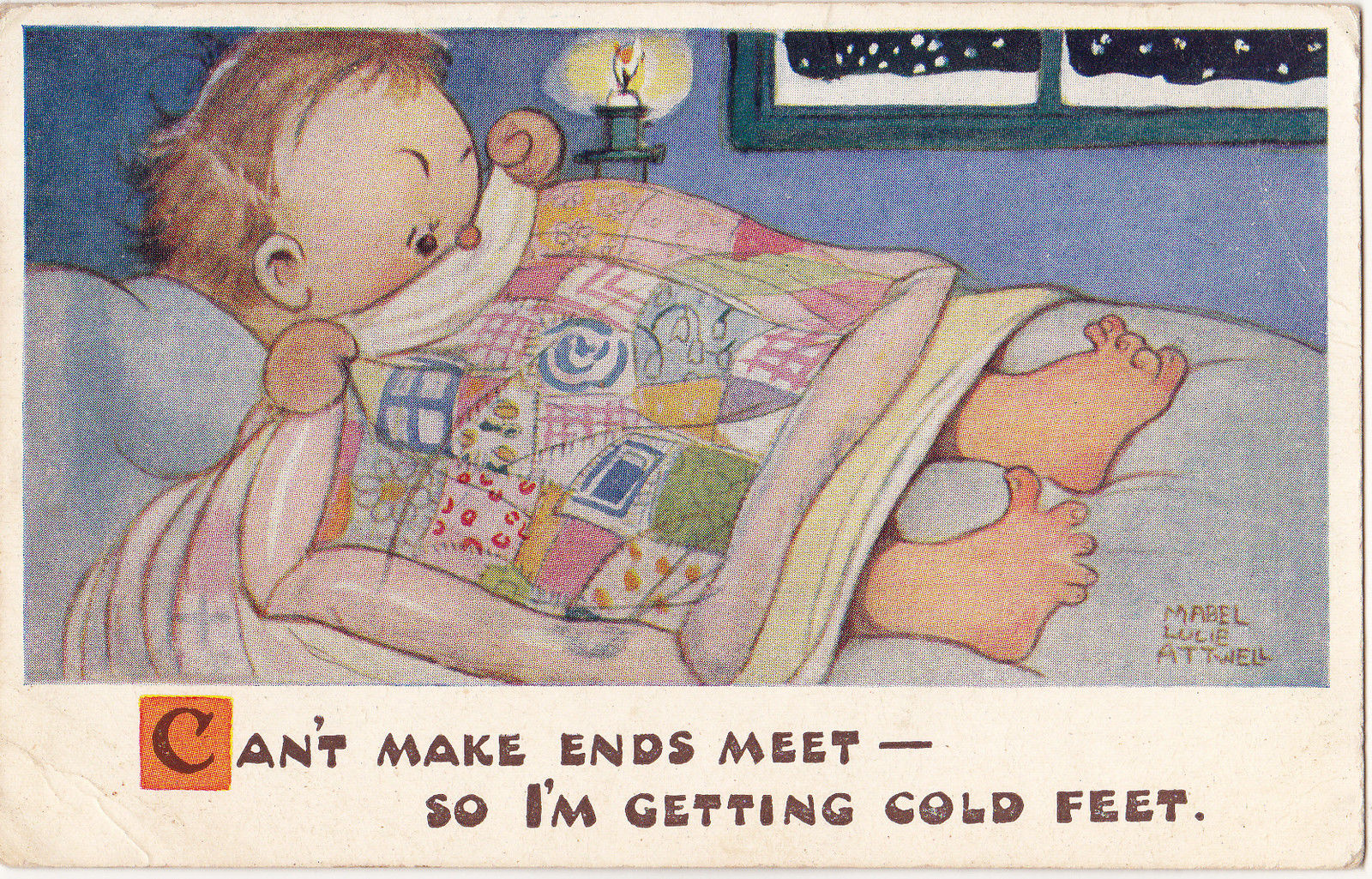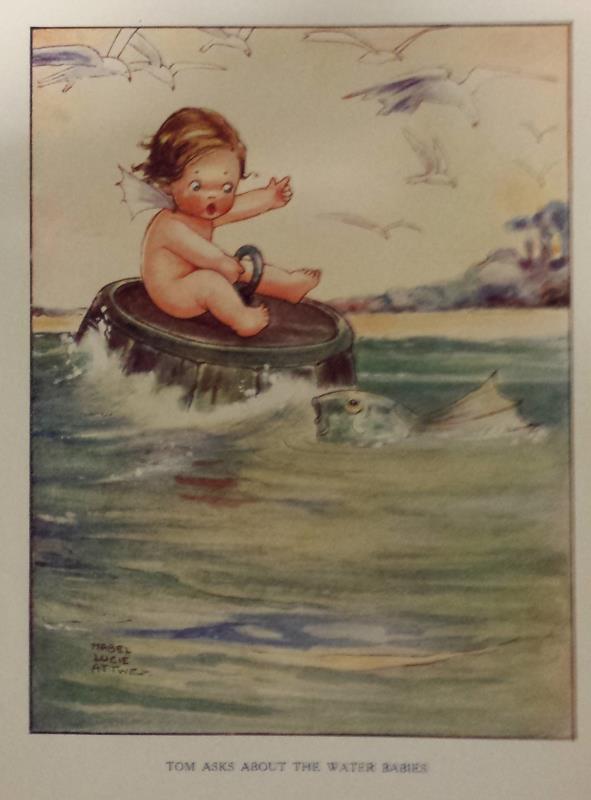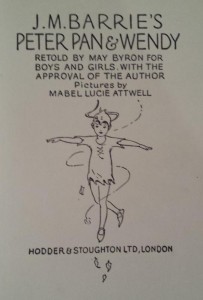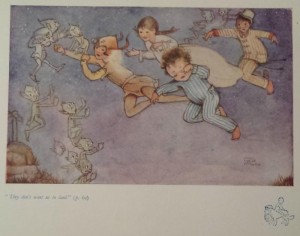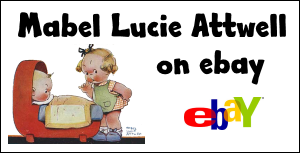Mabel Lucie Attwell (1879-1964) was an influential British illustrator and children’s author who captured the hearts of millions with her iconic depictions of cherubic, rosy-cheeked children. Best known for her work in the early to mid-20th century, Attwell’s illustrations were instantly recognizable and adorned everything from postcards to children’s books, with her talent for capturing the innocence and wonder of childhood. This biography delves into the life and works of this much-loved artist, highlighting the key moments and achievements that helped define her career. From her humble beginnings in London to her lasting legacy, Mabel Lucie Attwell remains an essential figure in the world of children’s illustration.
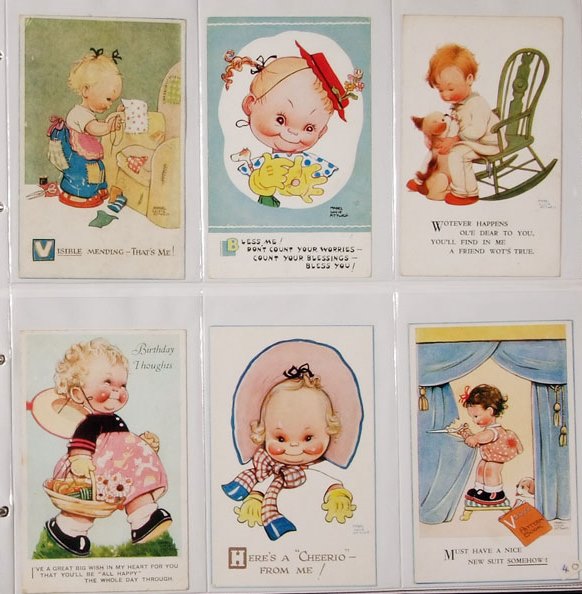
Early Life and Influences
Mabel Lucie Attwell was born on June 4, 1879, in Mile End, London, to butcher Augustus Attwell and his wife, Emily Ann. The youngest of three siblings, Mabel grew up in a close-knit, working-class family where her early love for drawing was nurtured and encouraged. As a child, she was exposed to the world of art and illustration through books, magazines, and visits to museums and galleries, which fueled her passion and honed her innate talent.
At the age of 16, she enrolled at the prestigious Heatherley School of Fine Art, where she refined her skills and experimented with various techniques and styles. Later, she attended the Regent Street Polytechnic, where she further developed her artistic prowess. These formative years provided her with the foundation she needed to launch her career in illustration, as well as valuable connections in the artistic community.
A Budding Illustrator
Attwell’s career began to flourish in the early 1900s, with her distinctive illustrations of plump, innocent children resonating with the public. Her whimsical style and ability to evoke the essence of childhood innocence quickly garnered attention from publishers and the public alike. Among her early collaborations was a partnership with renowned publisher Raphael Tuck & Sons, who produced her artwork as postcards and greeting cards. This partnership significantly boosted her career, as her charming illustrations became popular collectibles.
In 1908, Mabel married painter and fellow illustrator Harold Cecil Earnshaw. The couple had three children, and their relationship was marked by mutual support and encouragement. As a team, they worked on several projects together, with Harold often providing input and suggestions for Mabel’s work. Their partnership allowed both artists to grow and thrive in their respective careers.
The 1920s and 1930s
The 1920s and 1930s marked the golden era of Attwell’s career, with her illustrations and characters becoming increasingly popular. During this period, she produced some of her most iconic works, such as her illustrations for J.M. Barrie’s “Peter Pan and Wendy” in 1921. Her unique interpretation of the beloved characters resonated with readers, solidifying her place in the world of children’s literature. (Read more about Mabel Lucie Attwell’s illustrations for Peter Pan and Wendy)
In addition to her work on books, Attwell contributed illustrations to popular magazines like “The Tatler” and “The Sketch.” Her charming images became a staple in British households, further establishing her as a beloved artist. During this time, she also created the “Boo-Boos” series, a collection of elf-like characters that graced the pages of children’s annuals for years to come. The Boo-Boos, with their playful antics and endearing expressions, captured the hearts of both children and adults, solidifying Attwell’s status as a prominent illustrator.
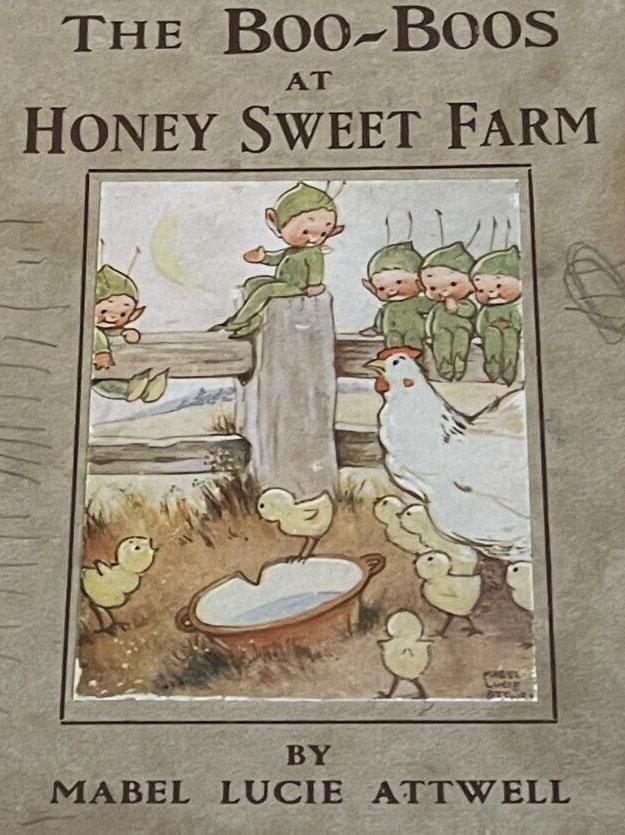
Wartime and Post-War Years
The outbreak of World War II brought significant changes to Attwell’s life and work. As the nation faced the hardships and uncertainties of war, her illustrations took on a new role, providing comfort and solace to those affected. During the war, Attwell contributed her talents to the British government, creating posters and illustrations aimed at boosting morale and promoting important messages such as conservation, evacuation, and public safety. Her artwork during this time not only played a crucial role in supporting the nation’s spirits but also demonstrated her versatility as an artist.
In the post-war years, Attwell continued to create charming and uplifting images that provided a sense of comfort and escapism for a nation recovering from the traumas of war. Her illustrations maintained their popularity, and she continued to work on various projects, including new books, postcards, and a range of licensed products featuring her beloved characters. Despite the changing world around her, Attwell’s illustrations remained a constant source of joy, reminding people of the innocence and wonder of childhood.
Legacy and Influence
Mabel Lucie Attwell passed away on November 5, 1964, leaving behind a remarkable legacy of illustrations and stories that continue to enchant and inspire new generations of children and adults alike. Her lasting impact on the world of illustration and children’s literature can be seen in the ongoing popularity of her work, as well as in the countless artists who have drawn inspiration from her distinctive style.
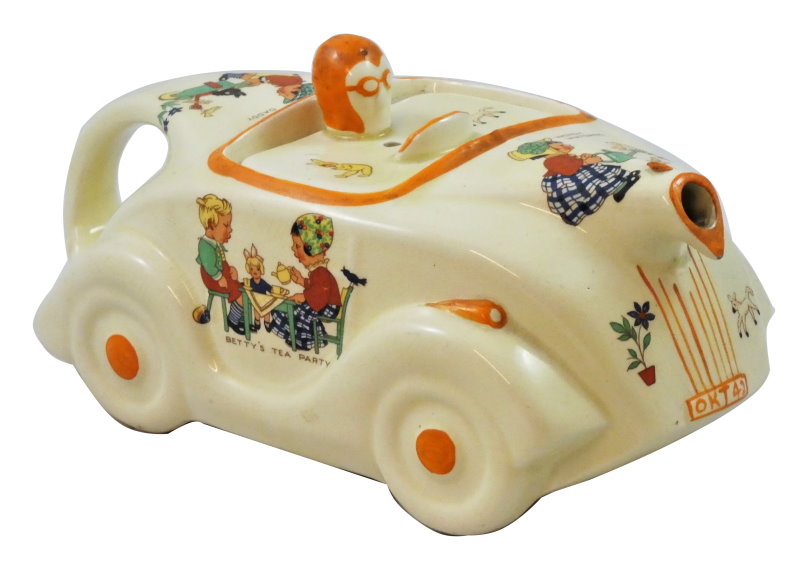
Today, Attwell’s illustrations can be found in museums, galleries, and private collections around the world. Her work has also been reimagined and reproduced in various forms, including modern editions of classic books, decorative items, and collectibles, ensuring that her delightful characters continue to bring joy to countless individuals.
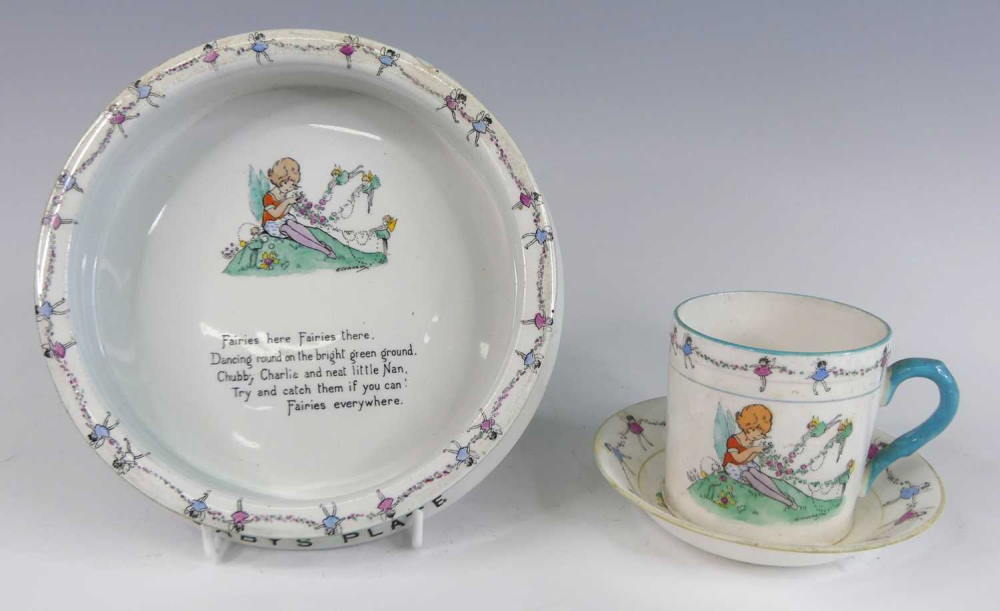
Beyond her artistic achievements, Attwell’s life story serves as an inspiration for aspiring artists and creative individuals. Her journey from humble beginnings to the status of a beloved and iconic illustrator is a testament to her talent, perseverance, and unique ability to capture the essence of childhood. Mabel Lucie Attwell’s charming, whimsical illustrations have stood the test of time, proving that the warmth and magic of her art will continue to enchant audiences for years to come.
Video – Celebrities at Home – Miss Mabel Lucie Attwell
